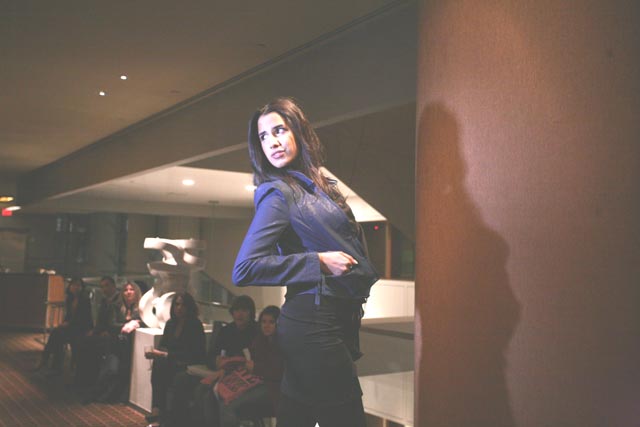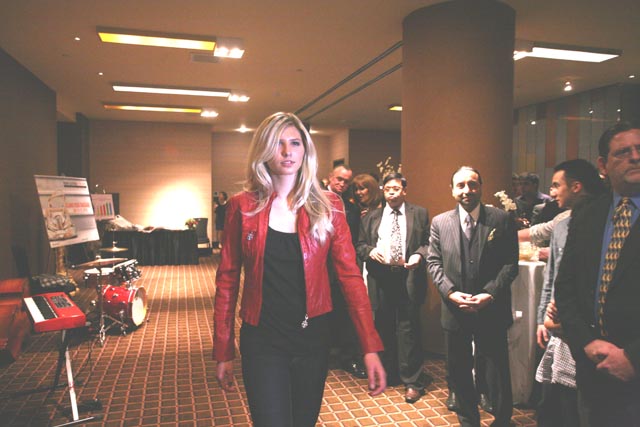
India and Indians seem to have a finger in every pie, and recently New Yorkers got to see the full gamut of India’s 7 billion dollar leather industry, from bags to stylish leather jackets in every possible hue.
Saks Fifth Avenue, Cole Haan, Jones New York, Levi’s, Guess, and Norma Kamali were just some of the style leaders who came in to check out Indian leather at Know Leather, Now India, a sourcing show at the Westin Hotel. Models displayed a rich array of fashion garments which underlined the fact that Indian leather has moved from just basics to high fashion too.
Leather may seem to be one of India’s best kept secrets but is actually one of the top 10 foreign exchange earners with annual production at over $ 7 billion, and an export value of $3.59 billion. India is the fifth largest exporter of leather accessories, many for names like Coach, Yves St. Laurent, Etienne Aigner, Geoffrey Beene, and Pierre Cardin.
Major brands including Hugo Boss, DKNY, Versace and Kenneth Cole also source some of their leather garments from India. Other brands that source in India include Liz Claiborne, Paul Smith, Tommy Hilfiger, Kenneth Cole, Donna Karan, Nautica, and YSL.
The US accounts for about 9.98 percent of Indian leather exports, with Wal-Mart a big buyer. While Indian leather is popular in European style, this was its debut in the US fashion industry.
Jaggi Singh, the president of NML International, a New York based leather importer who spearheaded the event with the Council for Leather Exports in India in conjunction with the Consulate of India, says, “The way the economy is right now, nobody is sending their design and production teams overseas. Business being tough as it is, companies are having a tough time feeding their regular suppliers and filling their current production commitments.
But every dark cloud has a silver lining and as it becomes difficult to feed the large production lines in China, the factories from India have a chance to get their foot in the door with their smaller capacities.”
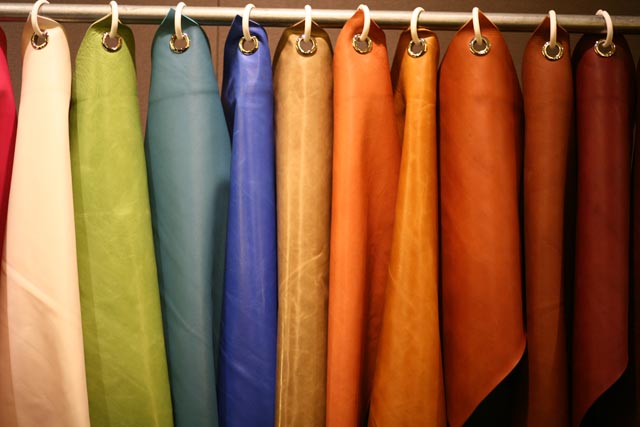
“The theme of the invitation for the show was a boarding card for a flight to the Westin Hotel in New York itself to emphasize that there is no need to board a plane and deal with the cost of the trip, the jet lag, the experience of going all the way and not finding the right connection,” he says. “We brought the best of India to the industry in the US.”
The US has looked at China as its main resource for leather products in the past while Europe has done so with India. Now, the companies from India want to explore the untapped potential of the US market.
As Ali Ahmed Khan, the executive director of Council for Leather Exports points out, “The industry is over four decades old and has grown from merely a raw material producer and exporter to a finished product exporter, so there is a complete sweep in the export and manufacturing base. At the moment out of the total production, 80 percent of finished leather is exported, including footwear, accessories and garments. America is one of the most important markets where we are exporting 10 percent of our total $ 3.6 billion exports.”
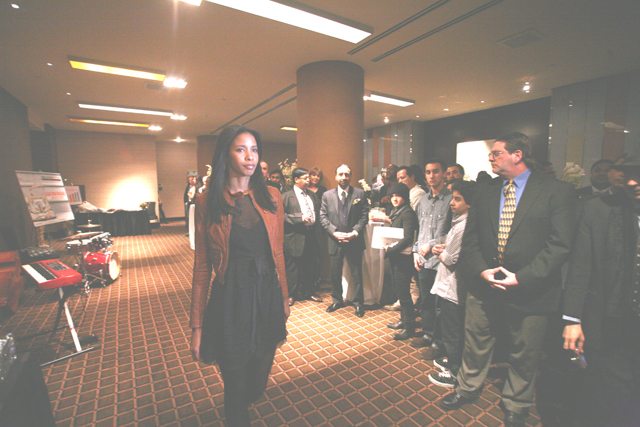
Leather accessories and garments are the fastest growing and currently account for just 4 percent of the total imports coming into America, so there’s great room for growth. Many American brands like Gap, Coach, Nine West and Kenneth Cole are already importing from India but China is the big player currently. India has been participating in the Magic Shows in Las Vegas and had brought in 23 big leather manufacturers to New York to introduce them to the American buyers.
Nikhil Aggarwal of Bhartiya International, one of the largest leather manufacturers in India and a publicly listed company, says: “We are invested heavily in production development and understanding the trends in the market. The industry has progressed in terms of fashion – it’s not a boring black jacket anymore – you will see lots of treatments, finishes and developments happening in leather.”
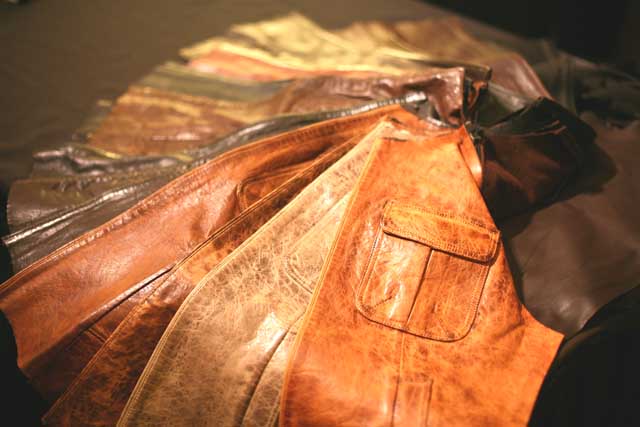
The company which has factories in Bangalore and Chennai, also has offices in China and Milan. It sells to companies like Hugo Boss, Zara and Mark and Spencer and also has a design studio in Milan. Aggarwal says: “China is ahead in the manufacturing game but what India brings to the table is a lot of product novelty – India has freshness and novelty and the trends.”
Interestingly India has a huge $ 3.5 billion domestic market too (think of billions of feet to be shod, bags for billions of hands!) More foreign companies are also coming into the domestic market which is probably one of the most lucrative and ever growing markets in the world.
Another mind-boggling statistic: India is the second largest global producer of footwear in the world and also the largest livestock holding country with 21 percent of the world’s cattle and buffalo. However, a lot of the raw hides are also imported as many global buyers prefer to use the leather from Brazil and Argentina
“Leather goes through a cycle every 6-8 years and we are entering an upward trend for leather in 2010,” says Singh. “The US as an importer is looking at countries like India as they offer a varied product due to innovation in skin and product. Smaller capacities and hands-on approach from owners and promoters of these companies is creating product that has variety and innovation, due to time and monies being spent on research and development.”
The prediction: Looks like we’ll be seeing the ‘Made in India’ label a lot more – from head to foot!
